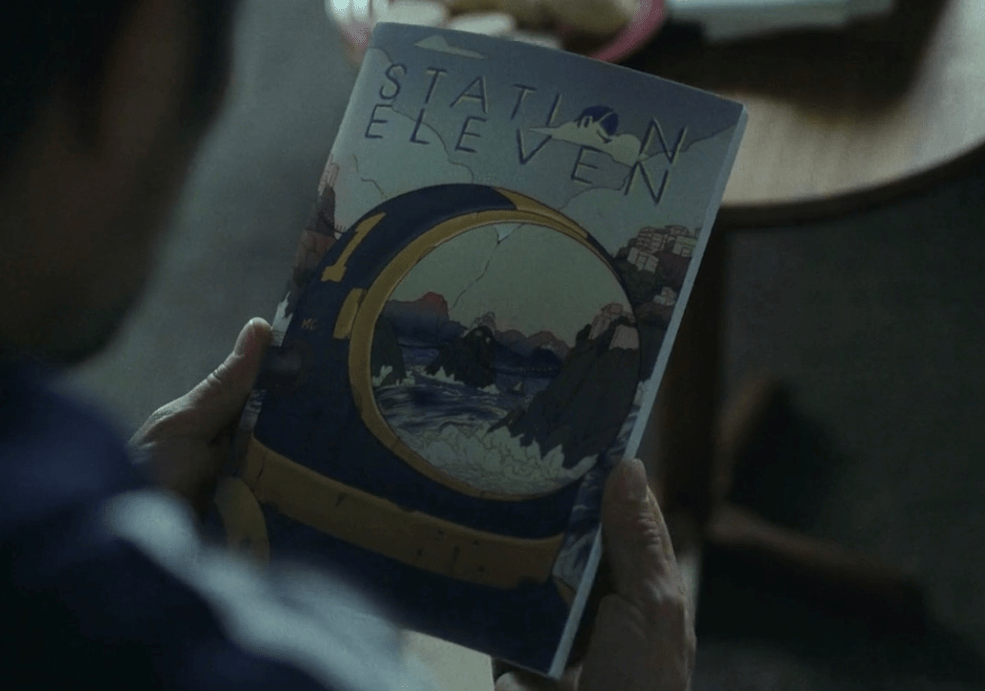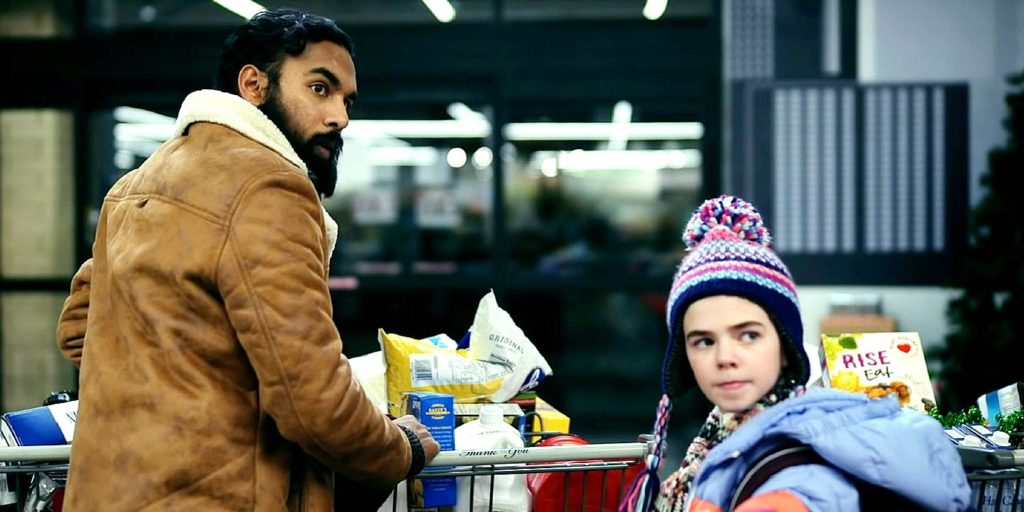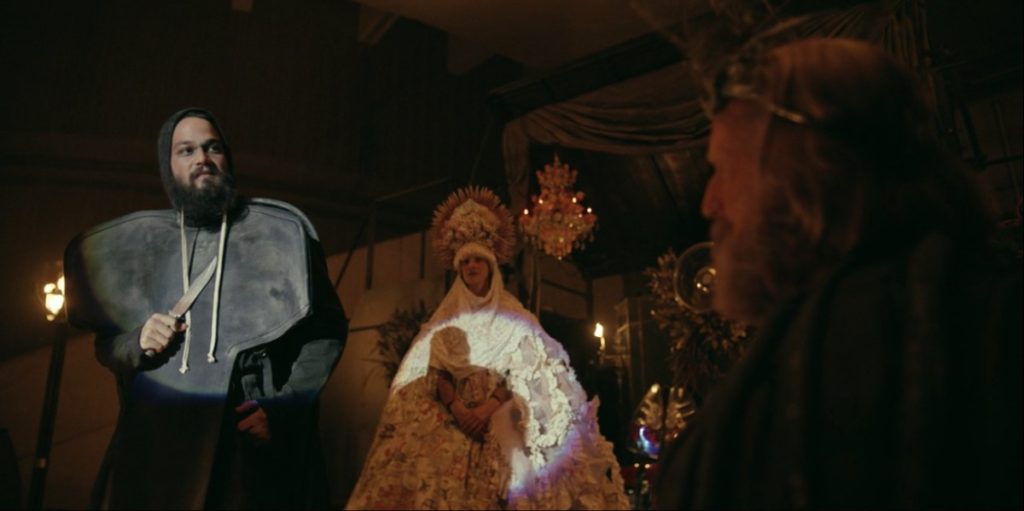Warning: this story includes spoilers for the book and movie.
Since its 2014 release, the book Station Eleven has been described as “eerily predictive” and “fearlessly imagined”. It presents a variety of interconnected characters that have survived the “Georgia Flu”: a virus originating from Russia that has a 99% mortality rate and kills most of the world’s population in a week. Our most apparent protagonist is Kirsten (played by Mackenzie Davis in the miniseries), an 8-year-old aspiring stage actor during “the collapse”. HBO recently released a series based on the book, and I wanted to see how it shaped up to the source material.
One of the most evident (and annoying) differences was an enormous gap between the characters in the book and on television. I can’t describe this as the usual qualm of; “they’re just different, so it’s not done well!” It is simply that I don’t like the characters in the book as much as the series. On-screen, I immediately became attached to Jeevan and Kirsten’s relationship, which is practically nonexistent in the book.

Miranda Carroll, a comic artist struggling to find her place in the world, is presented in the miniseries as a complicated, standoff-ish yet independent woman who, through the end, stays heartbreakingly selfless for others—something we know is hard to do in times such as these. In the book, she’s given a more minor “role” and doesn’t really keep her humble-yet-charming defiance. You’ll have to see for yourself the multitudes of other characters that have a dramatic change.
A few of my favorite parts in the book were where it became comedically relatable to be immersed in a pandemic. “Jeevan was crushed by the sudden certainty that this was it, that this illness Hua was describing was going to be the divide between a Before and an After, a line drawn through his life.” (St. John Mandel, 20). The toilet paper crisis during quarantine was also mentioned, guaranteed to bring about a chuckle.

The Traveling Symphony is a large center point of Station Eleven, emphasizing a theme of the importance of the arts. Explained in its name, the Traveling Symphony (or just “the Symphony”) is a group of musicians and actors going from settlement to settlement performing Shakespeare’s King Lear, Romeo & Juliet, and Hamlet—notably improving the lives of these isolated communities. It’s an example of why its important to not only be immersed in schoolwork and everyday chores in isolating times. The Traveling Symphony describes it’s mission as “something people can hold onto even after the collapse”.

While the show was better (a rare case), this does not mean the book was bad. It was elegantly worded and contributed to its contemporary tone, leading the reader into an entertaining puzzle of eerie reality. With two different mediums, things are bound to be different. But I recommend you to be curious enough and see why, or if it annoys you half as much as it did me.
In the throes of a global pandemic, we might solely consider food and shelter to be necessities, but Star Trek and Station Eleven remind us that “survival is insufficient”—a saying of the Symphony’s. In comparison to COVID, this is entirely, and poetically, relatable.
If you’re a sucker for a happy ending, watch the series, but if you can bear the weight of the book—it’s definetly a good past-time for a dreary afternoon.
